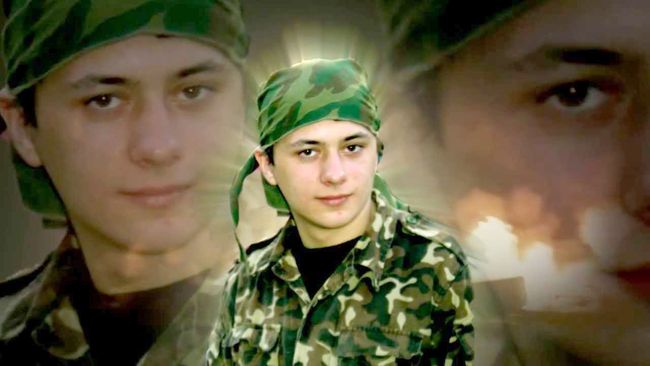The first step
A film about Oleksandr Khrapachenko, a hero of the Heavenly Hundred, was screened in Kyiv
The documentary Sasha Kh. The Wings on Maidan (France – Switzerland – Ukraine) premiered at one of the Multiplex movie theatres in Kyiv. The film is dedicated to one of the Heavenly Hundred, Oleksandr Khrapachenko (27) from Rivne, killed by a sniper in the days of the Revolution of Dignity. The young man was posthumously awarded the title Hero of Ukraine.
Khrapachenko studied to become a theater director at the Rivne State Humanitarian University. He directed The Bear by Anton Chekhov, Striptease by Slawomir Mrozek, and Sophocles’ Ismene. As an actor, he appeared in plays directed by other students, as well as at the free plastics theater Yabluko (“Apple”) and in Voskresinnia (“Resurrection”), a TV film produced by the RTB, a local TV station in Rivne. Khrapachenko was fond of hiking, traveling, and rock climbing; he was also a scout and once saved a human life while on a hike.
He came to Maidan in January, were he was a member of Volynska Sich. On February 20, 2014, around 11 a.m., Khrapachenko was killed by a sniper shot. The bullet broke his collar-bone, pierced the lung and hit the liver. He died instantly.
The French documentary director Emmanuel Graff, married to a Ukrainian, was in Kyiv in the hottest days of the revolution. It was then that he conceived the idea to make the movie. The turning point came when he met Natalia Andrushchenko, a volunteer and friend of the Khrapachenko family. Graff met her incidentally on Instytutska Street, at the spot where Khrapachenko was shot. After talking to her, Graff decided to show the winter uprising of 2013-14 through Khrapachenko’s eye.
The funds for shooting were raised via the French fundraising site fr.ulule.com. Khrapachenko’s fellow citizen and participant of Euromaidan Vadym Storozhuk helped to organized the screening in Ukraine.
The movie is actually an attempt to portray the hero in retrospect, via evidence and reminiscences of his friends and family. Graff goes to Rivne, meets people who knew Khrapachenko, and visits the places that were important to him. The result is a very conventional film of modest artistic values: the author’s voice-over, on camera comments, archive recordings, unpretentious computer graphics, with sentimental or passionate soundtracks.
Far from being a masterpiece, The Wings on Maidan performs the tasks which are not yet fully realized by our movie community or state. There are other ways to perpetuate memory than unveil memorial boards and hand out awards. The forms of commemorating must be modern and various: the fallen on Maidan deserve it. Each of the Heavenly Hundred must appear in a movie, and maybe, not in just one; there should be a special program about them. I hope that The Wings on Maidan is the first step in that direction.
Newspaper output №:
№18, (2016)Section
Culture





